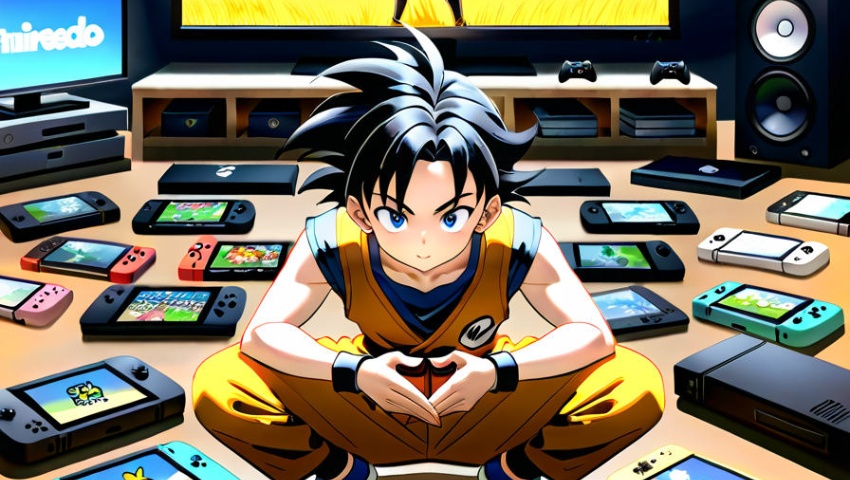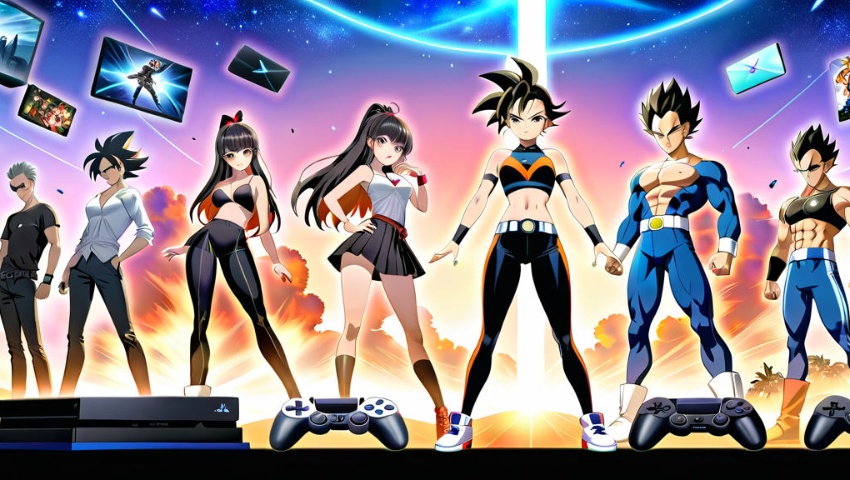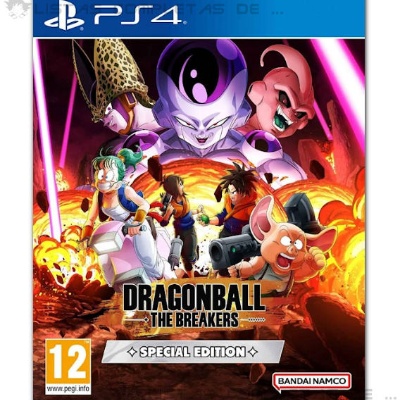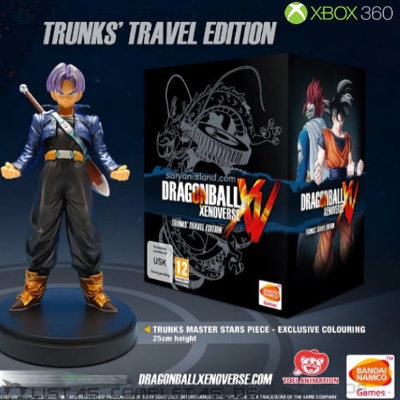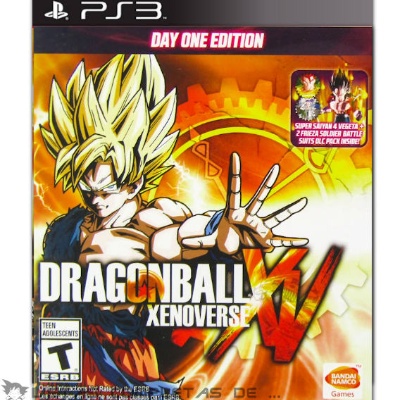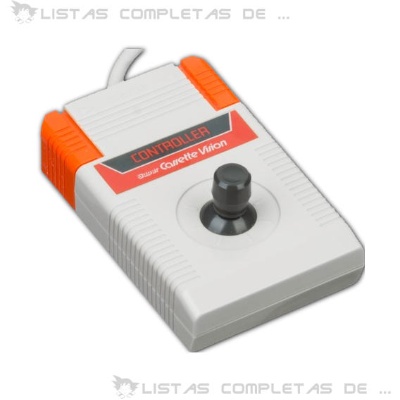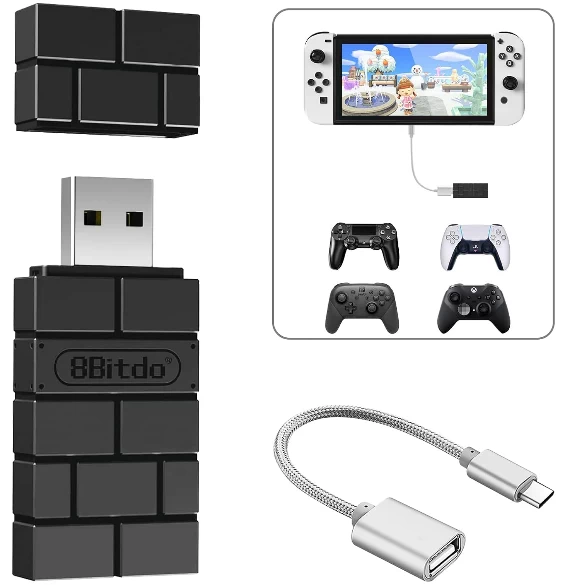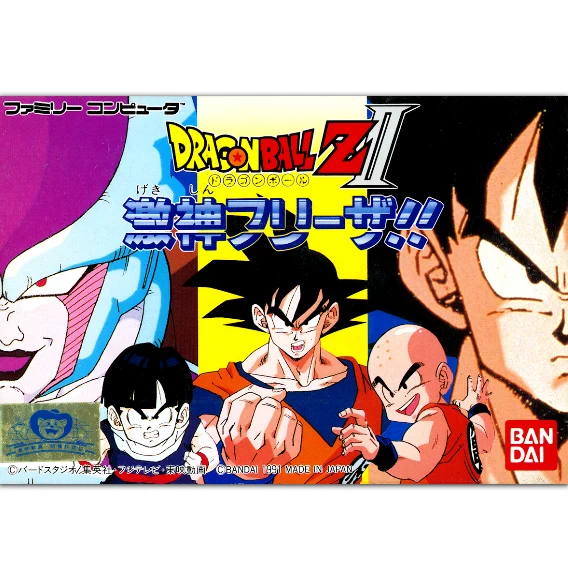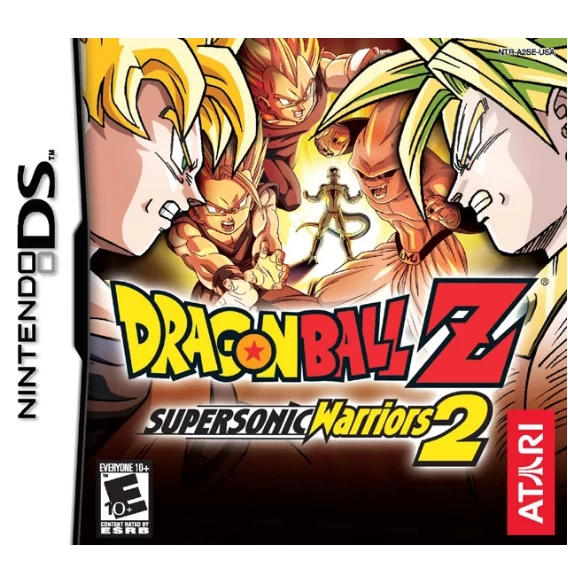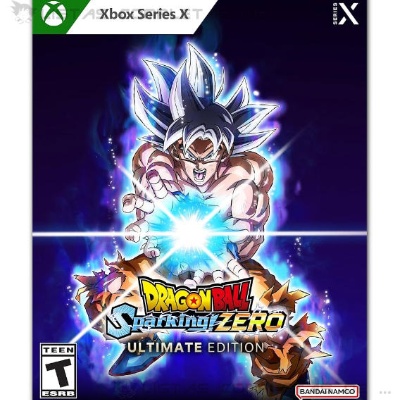Complete lists of Dragon Ball games and video games
Dragon Ball Video Games and Board Games, Listed and Categorized by genre, platform, and more.
Whether it's a board game, PC game, PlayStation, Game Boy, or even retro consoles, we've compiled a complete list of all the games available for each platform.
Within the world of video game collecting, Dragon Ball holds a very special place for many fans and collectors. Finding titles for recent platforms like Xbox, PC, or PlayStation is relatively easy, but the true treasures lie in discontinued consoles.
Here we’ve gathered lists of games released on those classic platforms, along with information and curiosities that make them unique within the history of the franchise.
Nintendo games and consoles
Nintendo has always featured Dragon Ball games, both on home consoles and handhelds. On home consoles (NES, SNES, GameCube, Wii, etc.), fighting and 3D adventure games predominated, while on handhelds (Game Boy, DS, 3DS) the focus was more on RPGs and tactical battles. The Switch combines both worlds: it can be played on TV or as a handheld, and hosts the latest titles like FighterZ, Xenoverse 2, or Kakarot. In short, the saga has always had a place on Nintendo, adapting according to the console and type of game.
Sony games and consoles
Sony has also had Dragon Ball games on almost all its consoles. On home consoles (PS1, PS2, PS3, PS4, PS5), fighting and 3D adventure games predominated, such as Budokai, Tenkaichi, or FighterZ. On handhelds (PSP, PS Vita), the focus was on more adapted versions of fighting and RPG games. Basically, the Dragon Ball saga has always been present on Sony, adapting according to the console and type of game.
Microsoft games and consoles
Microsoft has also had Dragon Ball games, although only on its home consoles. The original Xbox had few titles, mostly adaptations of classic fighting games. The Xbox 360 expanded the catalog with games like Budokai HD Collection and Raging Blast, while on the Xbox One and Series X/S, the latest titles arrived, such as FighterZ, Xenoverse 2, and Kakarot, all featuring modern graphics and online modes. In summary, the saga has always been present, but limited to Microsoft’s home consoles.
Sega games and consoles
SEGA also had a presence of Dragon Ball, although only on some of its consoles. On the Mega Drive / Genesis, classic 2D fighting games appeared, with simple battles that captured the essence of the series for the time. The Saturn had fewer titles but included more advanced fighting adaptations and some adventure games based on the saga. In summary, Dragon Ball was present on SEGA mainly with 2D fights and enhanced versions on the Saturn, but it was never as extensive as on Nintendo, Sony, or Microsoft.
Other consoles and their games
Other lesser-known consoles also had Dragon Ball games. The Super Cassette Vision received one of the first titles based on the series, very simple and limited by the technology of the time. The Playdia, from Bandai, featured several interactive games with videos and animated sequences, more like interactive movies than traditional games. Lastly, the TurboDuo (a version of the PC Engine CD) had a fighting title with improved graphics and sound thanks to the CD format. In summary, these were consoles with little reach, but they marked the first Dragon Ball experiments in the world of video games.
PC games
Since Dragon Ball Online, the PC began to have a real presence in the saga. Later came Xenoverse, FighterZ, and Kakarot, featuring better graphics, online modes, and more content. Today, the PC is the most complete way to play Dragon Ball if you’re looking for quality and performance.
Mobile games
Dragon Ball games for mobile started simple, but with Dokkan Battle and Legends they became complete, featuring battles, online events, and constant updates. They are an easy and active way to enjoy the saga.
Some of the Dragon Ball Games and Video Games we have for you:
Game Boy Micro
Game Boy Micro
The Game Boy Micro is the smallest and sleekest handheld in the series, featuring a bright, sharp screen. Perfect for gamers who want a retro gaming experience in an ultra-compact and portable design.
Dragon Ball: The Breakers - Special Edition
Dragon Ball: The Breakers - Special Edition
Dragon Ball: The Breakers – Special Edition was released on the same date as the standard edition in 2022. This edition differs from the regular one in that it includes various cosmetic items that can only be obtained with this edition or the higher-tier ‘Limited’ edition.
Inside that cosmetic pack, you’ll find: a full outfit, a victory pose, and a vehicle skin.
Dragon Ball Xenoverse (Trunks’ Travel Edition)
Dragon Ball Xenoverse (Trunks’ Travel Edition)
Dragon Ball Xenoverse Trunks’ Travel Edition is a special edition that includes additional game content — specifically a DLC to unlock Super Saiyan 4 Vegeta and two Frieza skins for your avatar. It also comes with a Future Trunks figure and a collector-style cardboard box.
Dragon Ball Xenoverse (Day One Edition)
Dragon Ball Xenoverse (Day One Edition)
Dragon Ball Xenoverse is a special edition that includes additional game content, specifically a DLC to unlock Super Saiyan 4 Vegeta and two Frieza skins for your avatar.
Dragon Ball Z II: Gekishin Freeza!!
Dragon Ball Z II: Gekishin Freeza!!
Dragon Ball Z II: Gekishin Freeza!! is the fifth game/cartridge of Dragon Ball released for the NES in 1990, and the second one to carry the Z title. It was released while the DB anime and manga were still ongoing. This game was also never officially released outside Japan.
It is the direct sequel to Dragon Ball Z: Kyōshū! Saiyan, sharing the same gameplay system with minor improvements. It is a turn-based card battle RPG, where players explore the map to collect new cards while progressing through the story and engaging in battles.
Its story covers the entire Namek Saga, from the arrival of Bulma, Krillin, and Gohan, to the battle between Super Saiyan Goku and Full Power Frieza. To tell the story, the game takes some creative liberties, such as Goku fighting Frieza in all of his transformations.
Dragon Ball: Shenron no Nazo
Dragon Ball: Shenron no Nazo
Dragon Ball: Shenron no Nazo is the first Dragon Ball game/cartridge released for the NES in 1986, just one year after the publication of the franchise’s first manga.
It is an adventure game where we move through different stages defeating various NPCs and villains, telling the original Dragon Ball story from the encounter between Goku and Bulma to the first martial arts tournament, where the story slightly differs from the canon.
A cult game for a cult console.
PlayStation 3 (Slim)
PlayStation 3 (Slim)
The PlayStation 3 Slim was the first complete redesign of the PS3, reducing costs, size, and some components, giving it a sleeker and thinner appearance.
Dragon Ball: The Breakers
Dragon Ball: The Breakers
Dragon Ball: The Breakers is a survival multiplayer game, whose genre is called "Asymmetrical Survival Multiplayer (1 Raider vs. 7 Survivors)", in this case it will always be 1 vs 7.
The Raider or Hunter aims to eliminate all Survivors or Prey, while the latter must hide around the map, use items and vehicles to survive the hunter or raider.
In this case, being a Dragon Ball game, the hunters are represented by Dragon Ball villains like Cell, Frieza, or Majin Buu, who evolve and change form (e.g., Cell 1st form becomes Cell 2nd form and then reaches his final or perfect form) as the match progresses.
The survivors or prey must play as a team to survive. They can choose from some DB characters and original ones from the game. Their goal is to activate "the time machine" and escape, as many as can make it.
The game, besides PC, is also available on: PS4/PS5, Xbox One/Series, and Nintendo Switch.
Dragon Ball Z: Supersonic Warriors 2
Dragon Ball Z: Supersonic Warriors 2
Dragon Ball Z: Supersonic Warriors 2 is the first DBZ fighting game for the Nintendo DS. It is a continuation and improvement of DBZ: Supersonic Warriors released for the Game Boy Advance, featuring more characters, modes, and enhanced graphics.
Dragon Ball: Sparking! Zero - Ultimate Edition
Dragon Ball: Sparking! Zero - Ultimate Edition
Dragon Ball: Sparking! Zero – Ultimate Edition was released on the same day as the standard edition, which only includes the base game. This edition, in addition to the base game, contains everything offered in the Deluxe edition—meaning it also grants access to the first season pass, which includes 3 DLCs, and early access to each DLC’s content 3 days before its official release.
What’s exclusive to this edition is the Ultimate Upgrade Pack, which includes: Goku (Super) outfit with Power Pole, emotes, backgrounds, a customization item, and the Super Shenron Summon—all of which are cosmetic items.
The 3 DLCs included in the first pass feature over 20 characters based on DB: Super and DB: Daima, along with cosmetics, and some story and battle content.

